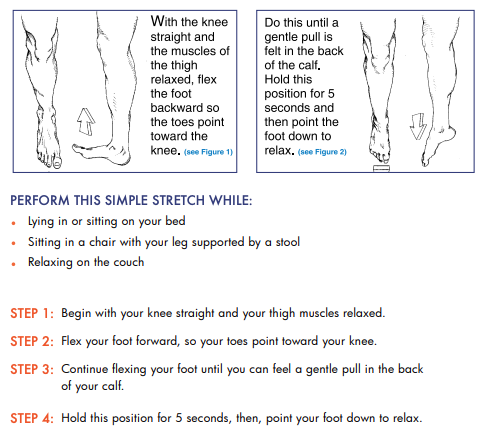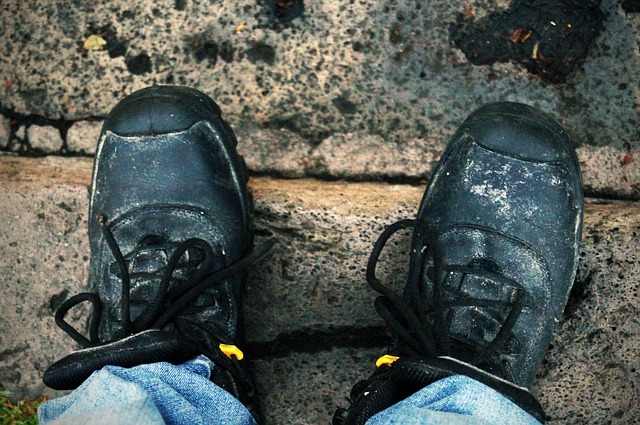At PBO Group, we often have clients who come to see us to try and find some relief from the stabbing heel pain they are experiencing. Often, the culprit is a condition called Plantar Fasciitis, which occurs when the thick band of tissue that runs across the bottom of your foot and connects your heel bone to your toes, becomes inflamed. The pain is often worse in the mornings when you first wake up and after long periods of sitting or standing.
Some of the most common groups that are plagued by the discomfort of Plantar Fasciitis are pregnant women, runners and people who spend extended periods of time standing on concrete floors or other hard surfaces. Let’s take a look at some specific tips that might help alleviate some of your pain if you belong to one of these groups.
Pregnant Women
Many women experience sore feet over the course of their pregnancy. In some cases, it is a result of Plantar Fasciitis. The hormone relaxin, which increases in a women’s body during pregnancy, can sometimes cause the feet to relax a little too much, to the point where they struggle to support the additional weight that the body is carrying. While some clinics may recommend the use of orthotics and that’s certainly an option, we encourage our clients to try some less expensive techniques first, as often the pain goes away when the baby is born. Try to put your legs up and rest your feet a little more. Get in the habit of icing your feet. Rolling a tennis ball on the floor with your foot is another easy way to massage sore muscles and tendons in your feet for some relief.
New Runners
If you’re new to running, returning to running after an extended break, or increasing your mileage, your feet may send you a message that they’re not so happy with your decision. If you’re experiencing shooting pains in the bottom of your feet, it could be Plantar Fasciitis. Don’t ignore your body’s message. If left untreated, Plantar Fasciitis can become a chronic condition. Take some extra time to stretch your calves after each run. This is one of the stretches we often recommend to our clients:

Intrinsic foot strengthening exercises are another great option for some easy, at-home physiotherapy. Place a pencil or a facecloth on the floor and repeatedly pick it up using your toes.
We can also assess your running gait in our clinic in order to analyze your body’s mechanics. A pair of custom orthotics that reflect your foot’s shape and your body’s unique gait can be a fast and effective way to address Plantar Fasciitis and make running enjoyable for you again.
Working on Concrete Floors or Hard Surfaces
If you’re finding your feet are revolting at the end of your workday, Plantar Fasciitis could be the culprit. As a first step, assess your footwear. Improving the quality of your footwear, or choosing a type of footwear that has more cushioning for your foot can make a big impact on foot pain. Icing your arches for 15 minutes when you return home from work can also provide relief and help break the cycle of inflammation.
If better footwear doesn’t alleviate the pain, consider coming in for a no-cost orthotics assessment. We will assess your foot and your gait and design a custom pair of orthotics that will increase the amount of cushion in your work footwear and position your foot in an optimal biomechanical position to better tolerate the hard surfaces at your workplace. Many workplace benefit programs cover all or a portion of the cost of orthotics.
How can we help you?
Get a referral form for your doctor to complete for orthotics.






